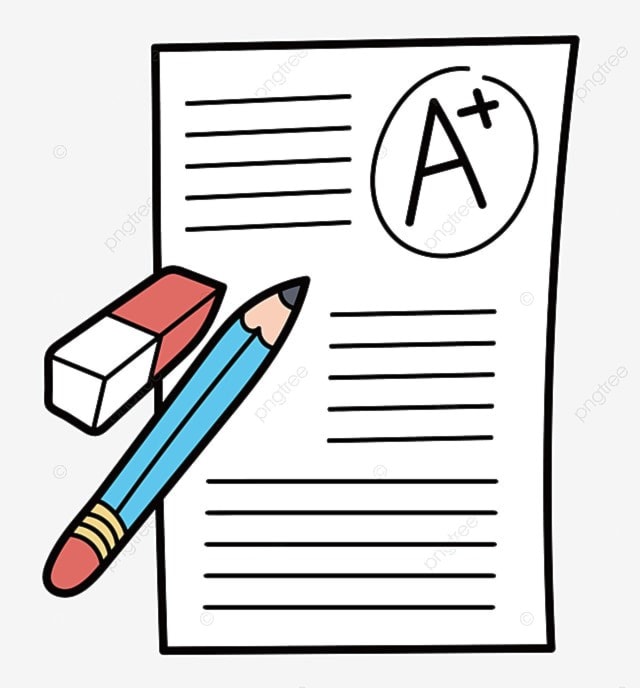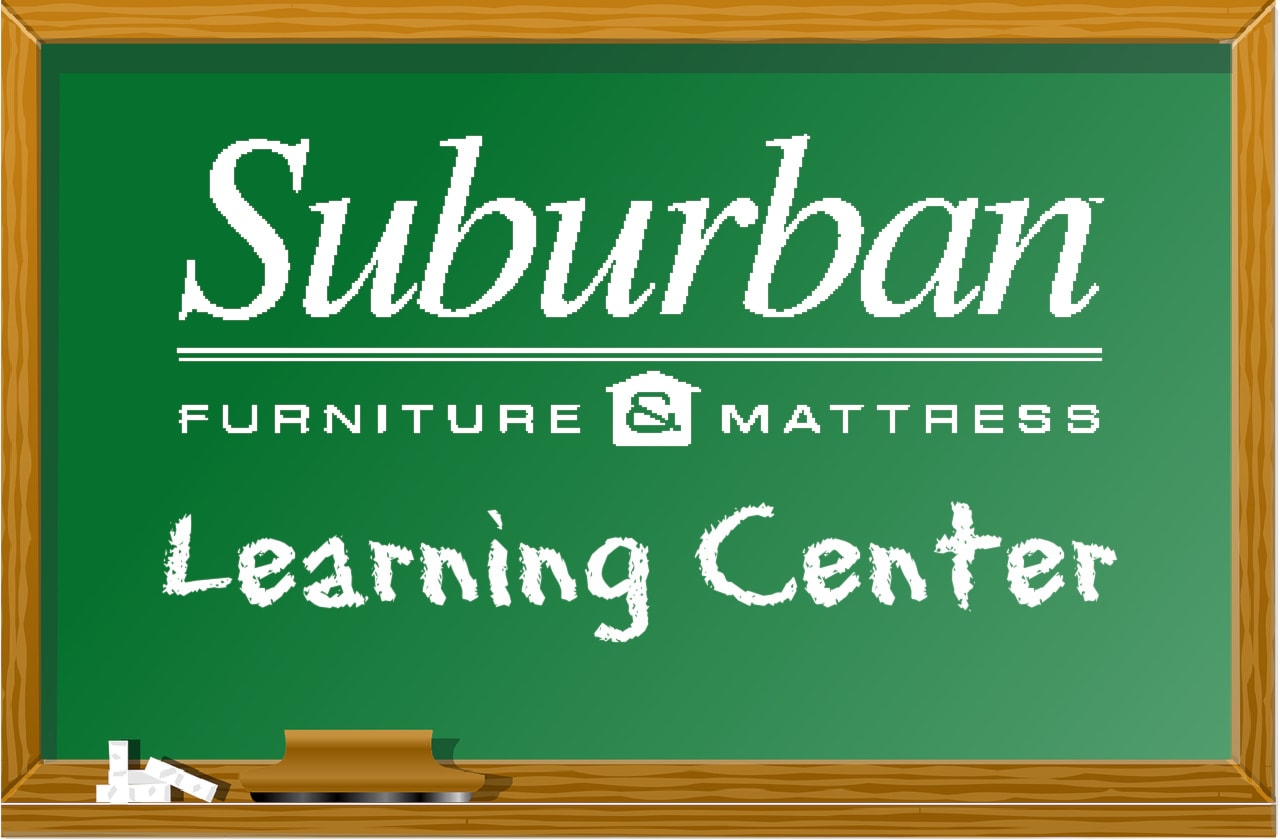
Ten Furniture Terms to Know, Part 3
by Nick, Digital Specialist | May 17, 2021
The third version of our article with ten furniture terms to know. This way, you can know exactly what to ask for when you go shopping without any confusion!
Our first two articles with some important furniture terms were so successful, we wanted to write another one! Here are ten more furniture terms you should know when you go shopping, so you know what to ask for and so you can feel included in your own decision-making process. If you want to check out our first two articles, click HERE for part 1, and HERE for part 2.
1. Bonded leather: This product was popular about a decade ago, and was extremely popular at the time. It’s made from leftover scraps of real leather that are ground up and adhered to some kind of non-leather backing. As a result, it’s only about 20% real leather, but also costs less than real leather. You can get the appearance of leather but not that same texture, and bonded leather generally doesn’t hold up like real leather does.
2. Memory foam: memory foam is made from a polymer called polyurethane. The foam has tiny air bubbles, creating small pathways for air to move through. This gives the foam a dense feel, and allows the foam to revert to its original shape after being compressed. Memory foam is popular in mattress construction- in fact, some mattresses are made of different layers of foam. You’ll also find memory foam in sofa cushions, car seats, and many many other places.
3. Butterfly: a butterfly is formed when a caterpillar builds itself a cocoon, and...just kidding. In furniture, a butterfly is a kind of leaf in a dining table that folds up to store inside the table. With a butterfly leaf, you don’t have to store a separate leaf someplace when you aren’t using it- it folds under the table and stores itself!
4. Custom: this is a generic term for any furniture that is built to order. Some furniture is built in one fabric or finish and doesn't offer any other options, but some is made when it’s ordered by the customer. This tends to be a more expensive option and can take more time, but it means the customer is getting exactly what they want without having to compromise!
5. Restocking fee: this is a term for a fee that retailers charge when something is returned. Contrary to popular belief, this is not designed to discourage a customer from returning an item. Rather, this is to help the retailer defray some of the costs of the return- transport of the item back to the warehouse or store, as well as some of the costs involved with putting an item on clearance. Restocking fees can vary by store or by the situation.

6. Trundle: this is the part under a bed that can either be used for storage or for an extra mattress. They are usually on wheels and slide to fit right under the bed frame. They are most commonly found on kids’ beds (the extra mattress is great for sleepovers) or daybeds. Many trundles can be used as storage instead of as an extra sleeping space. Sometimes, trundles pop up to meet the height of the regular bed, but not always.
7. Hutch: the hutch is the tall part that goes on top of a server or buffet in your dining room, that’s used for display and/or extra storage. Hutches usually have glass so the pieces on display can be seen. Sometimes they offer lighting options as well. We’re finding that hutches are less popular these days, as many people are choosing not to put their china on display. Hutches can sometimes be found on home office desks as well.
8. Pressboard: this is a generic term for a wood-like product that is used in the construction of many different types of furniture. It’s made with scraps of wood that are glued together under pressure, making it light and less expensive. Many less expensive brands of furniture are made with this product, at least at the core. They may be covered with some type of veneer. This product is sometimes referred to as medium-density fiberboard, or MDF.
9. Pilling: this is when little balls of fabric or fuzz appear on the surface of a fabric, usually from general wear and tear. Every fabric will pill to some extent, but some do it more than others- wool, cotton, and polyester have the most tendency to pill. This is not a defect in the fabric, but a result of wear and tear. On your sofa, it helps to rotate your cushions whenever possible to prevent this- but if it does happen, you can always purchase a fabric shaver to get rid of the little balls of fuzz.
10. Boxspring: A wooden box that is wrapped in fabric, designed to give you a flat surface to put your mattress on. This gives your mattress stability and prevents it from dipping and sagging. The most common height for a boxspring is 9 inches, but if that’s too tall, you could purchase a low-profile option which is about 5 inches tall. There is also an option called a bunkie board, which is about two inches tall. This was originally designed for bunk beds (hence the name) but has other applications as well.

BROWSE BY TAG:
ALL CATEGORIES:
MOST POPULAR:
MOST RECENT:

